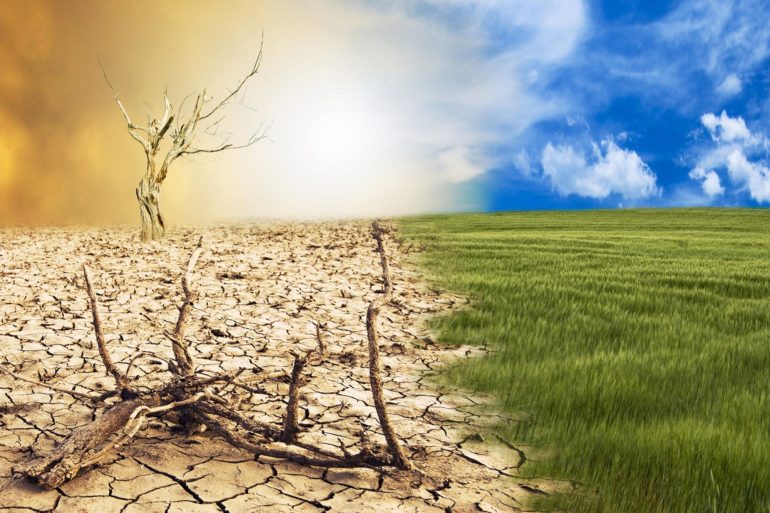Global warming thresholds that could tip massive ice sheets into irreversible melting or see the Amazon rainforest shrivel into savannah have “grace periods”, giving humanity more time to draw down planet-warming carbon emissions, researchers have calculated.
More than a dozen tipping points triggered mainly by rising temperatures could unleash catastrophic changes in Earth’s climate system.
As the Paris Agreement goal of a 1.5 degree Celsius cap above pre-industrial levels slips out of reach, this is potentially very good news – although no reason to relax – scientists said.
Ice sheets atop Greenland and West Antarctic hold enough frozen water to lift oceans a dozen meters (40 feet), drowning cities and redrawing the planet’s coastlines.
Greenhouse gases escaping from Siberian permafrost could overwhelm already belabored efforts to curb man-made carbon pollution.
Monsoon rains in South Asia, the polar ice cap, coral reef ecosystems, the jet stream, the Amazon basin – all are vulnerable to point-of-no-return transitions that would radically alter the world as we know it.
Up to now, scientists have focused mostly on temperature thresholds and timing: how much warming will it take to trigger each tipping point?
Period of grace
The threshold for the two ice sheets is probably below 2 °C, and may have already been passed, experts say. To melt the permafrost, however, it will likely take at least another degree or two of warming.
But new research led by Paul Ritchie and Peter Cox from the School of Engineering, Mathematics and Physical Sciences at Exeter University asks a different question.
Once a tipping point tripwire has been triggered, can we row back by lowering temperatures, whether by sucking CO2 out of the air or injecting a sunscreen into the stratosphere?
“Our analysis shows that it is possible to overshoot tipping point thresholds without leading to an abrupt and permanent climate change – as long as the overshoot is for a short period of time,” Cox, senior author of a study published Wednesday in Nature, told AFP.
“There is a ‘period of grace’ once the threshold is crossed when it is still possible to avoid tipping.”
In the study, Cox and colleagues looked at four parts of the climate system: ice sheets, monsoons, the Amazon basin and the ocean conveyor belt of currents that drives cold and warm water across the global, known as the Atlantic Meridional Overturning Circulation (AMOC).
Ice sheets and ocean currents, they found through modelling, have slow-onset tipping points which unfold on a timescale of centuries.
Dire climate shifts
This suggests that even if temperatures rise above the tipping point threshold and set in motion a profound change, there is still time to pull back from the cliff’s edge by lowering the global thermometer.
“The slow timescale of some of the most worrying tipping points gives us a better chance of reversing global warming before we tip into a less favorable world,” Cox said.
But the same timing does not apply to Amazon forest dieback and disruption of the monsoon, which could flip into a new state within decades, the researchers found.
For the Amazon, that shift is also hastened by massive deforestation.
“The study shows that if temperatures overshoot the tipping points for too long, we may set in place irreversible changes in the climate system, such as dying of the Amazon rainforest,” commented William Collins, a professor of meteorology at the University of Reading.
Other scientists not involved in the research agreed with the findings but cautioned against complacency.
“This may offer a very tiny bit of wiggle room in our expectations of when such dire climate shifts might become permanent and extremely damaging as Earth continues to warm,” Grant Allen, a professor of atmospheric physics at the University of Manchester told the London-based Science Media Centre.
“But a brief delay to some of global warming’s more catastrophic consequences does not mean that it is any less dangerous now.”
Agence France-Presse



